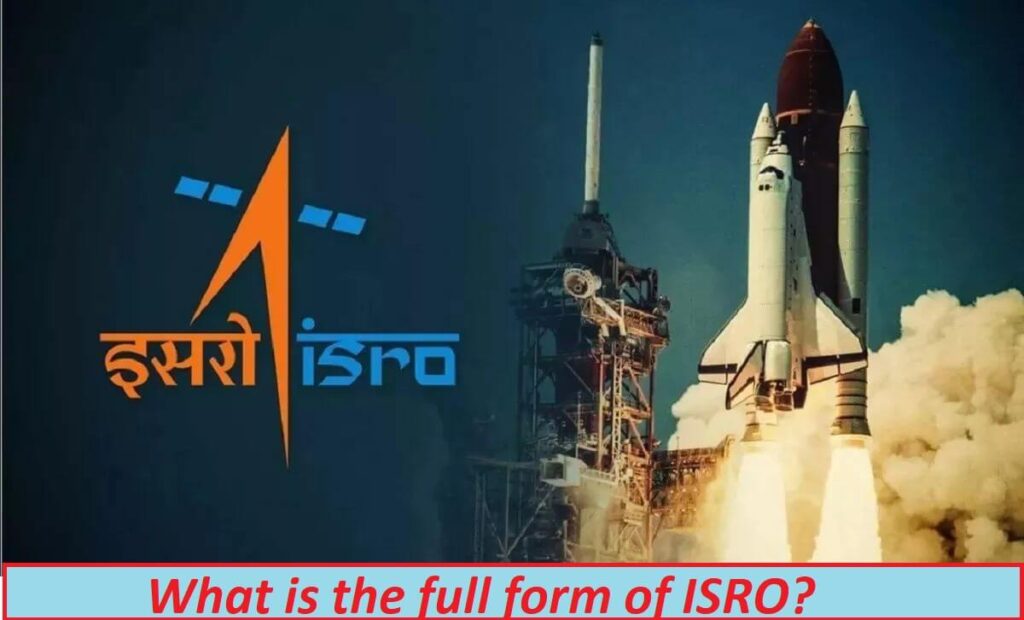What is ISRO and its Purpose?
In full form, ISRO stands for Indian Space Research Organization – India’s Space Agency, which operates from Bengaluru in Southern India and seeks to foster national development by conducting space science & planet exploration research & developing national space exploration for national progress while performing planet research – one of the world’s premier space agencies!
History of ISRO
Jawaharlal Nehru established the Indian National Space Research Committee (INCOSPAR) under DAE (Atomic Energy Department) after Vikram Sarabhai recognized an urgent need for space research. By 1969, INCOSPAR evolved to become ISRO. Later that same year, India created its Space Commission and Department (DOS). ISRO falls under DOS’s jurisdiction while reporting directly to India’s Prime Minister.
ISRO Works Through Regional Centers, operation Centres
- Sensors and payloads are assembled at the Ahmedabad Space Applications Centre.
- Satellites are produced, installed, tested, and assembled at Bangalore’s U R Rao Satellite Centre or ISRO Centre.
- while launch vehicles are constructed at Thiruvananthapuram Vikram Sarabhai Space Centre.
- Launches occur at Sriharikota Island near Chennai at the Satish Dhawan Space Centre.
- Master control facilities for geostationary satellite stations can also be found there.
- Hyderabad National Remote Sensing Centre houses facilities for collecting and storing remote sensing data.
- Antrix Corporation acts as ISRO’s commercial arm from their Bangalore base.
Accomplishments And Plans
ISRO has deployed numerous space systems for communications, meteorology, disaster monitoring, broadcast television broadcasting, and Indian Remote Sensing Satellites, including INSAT, to track and control resources.
- ISRO then went on to develop three rockets.
- By 1988, their initial IRS satellite had been successfully launched. Since then, they have produced increasingly more sophisticated satellites, including RISAT-1 in 2012 and SARAL launched as part of a joint India-French mission measuring ocean wave height.
- ISRO launched its inaugural INSAT satellite in 1988, later expanding the project to offer geosynchronous satellites called GSATs.
- On 18 July 1980, Rohini became India’s inaugural satellite to enter space using an Indian launch vehicle.
- On 19 April 1975, Aryabhata became ISRO’s inaugural satellite when she was launched from Soviet territory by PSLV (Polar Satellite Launch Vehicle) using the geostationary space launch vehicle GSLV.
- LVM or GSLV Mark III, also known as the Heavy Lift Version of this launcher was developed.
- ISRO plans to send astronauts into space by 2021 through various space missions undertaken by rocket launches, such as Chandrayaan-1 (2008) and Chandrayaan-2 (1919). Additionally, their Mars Orbiter Mission (2013).
Also Read:
